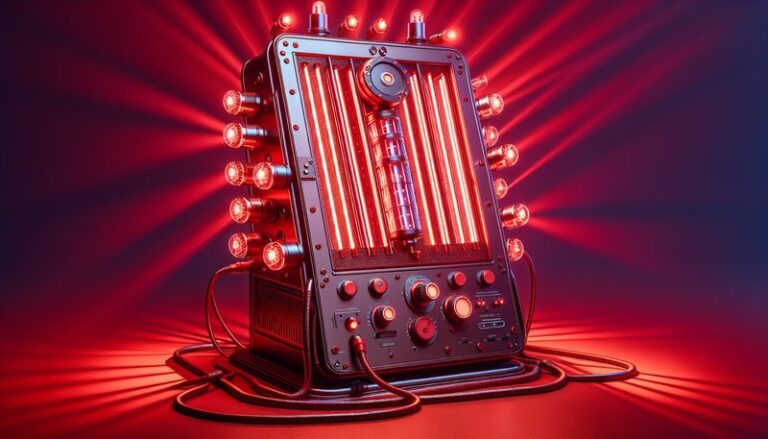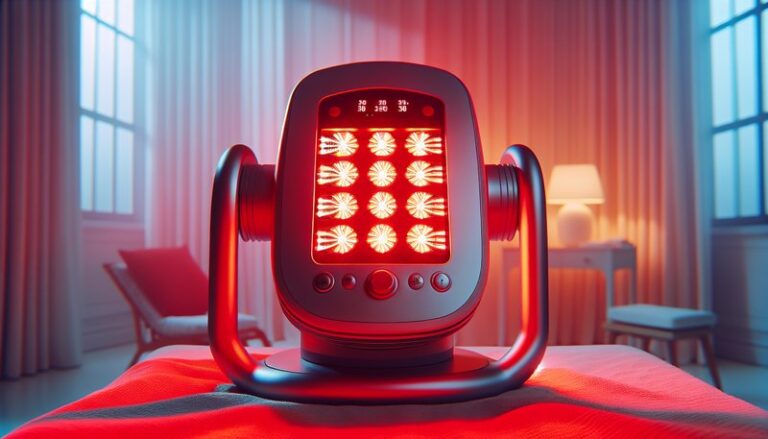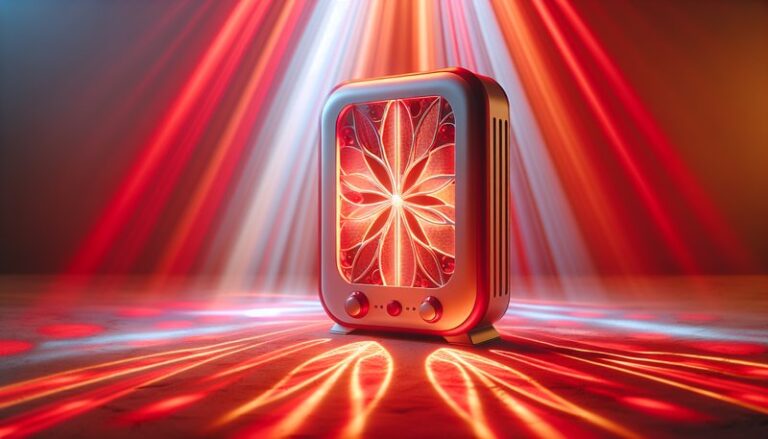How Many Watts For Red Light Therapy?
How Many Watts For Red Light Therapy?
Are you considering red light therapy (RLT) for its various health benefits but unsure about the optimal power requirements for effective treatment?
This article will explore the wattage needed for red light therapy, the advantages of RLT, and key considerations to ensure you choose the right equipment for your needs. You will also learn about alternative therapies and common questions regarding this fascinating treatment.
Key Takeaways
- Understanding the appropriate wattage is crucial for maximizing the effectiveness of red light therapy.
- Different treatments may require different wattages, typically ranging from 5 to 100 watts depending on the device.
- Safety considerations and equipment quality can significantly impact your therapy experience and results.
What is Red Light Therapy?
Red light therapy involves the use of low-level wavelengths of red light, typically between 600 to 650 nanometers, to promote healing and rejuvenation. This type of therapy penetrates the skin and stimulates the cells, potentially aiding in various health conditions such as skin rejuvenation, healing injuries, and reducing inflammation.
RLT is often administered via devices such as LED panels, handheld devices, or bed systems that emit concentrated light. Understanding the wattage of these devices is incredibly important because it directly affects the intensity and quality of the light exposure.
Types of Red Light Therapy Devices
Different devices provide varying levels of wattage and intensity. Some common types include:
- Handheld Devices: Portable and easier to use for targeted treatment; they usually run at lower wattage (5 to 20 watts).
- LED Panels: Used for broader treatment areas, these panels typically operate between 30 to 300 watts, depending on their size and intended use.
- Full-Body Systems: Generally the most powerful, full-body systems can operate from 100 to 800 watts to cover larger areas at once.
What are the Benefits of Red Light Therapy?
Red light therapy offers various advantages, which are increasingly being explored in scientific research and wellness circles. These benefits include:
Improved Skin Health
RLT promotes collagen production and can help reduce wrinkles, scars, and blemishes by accelerating skin healing. For instance, many users report visible improvements in skin texture and tone after regular use.
Enhanced Recovery from Injury
Athletes and active individuals often utilize RLT for quicker recovery from injuries. Studies suggest that red light therapy can reduce inflammation and pain while speeding up recovery times.
Reduced Inflammation and Pain Relief
RLT’s anti-inflammatory effects can make it an effective treatment for conditions like arthritis. Regular treatment may result in reduced pain levels and improved mobility.
Additional Potential Benefits
- Improved Hair Growth: Certain wavelengths of RLT are believed to stimulate hair follicles, benefiting those suffering from hair loss.
- Enhanced Mood and Sleep: Some users report improved mood and better sleep patterns when integrating RLT into their routines.
Is it Possible to Use High Watts for Red Light Therapy?
While higher wattages can deliver stronger light intensity, it is crucial to find a balance to avoid potential adverse effects such as skin irritation or burns.
What are the Advantages of Higher Wattage Devices?
Higher wattage devices can cover larger areas and deliver more potent therapeutic benefits in shorter amounts of time.
What are the Disadvantages of Higher Wattage Devices?
Using a device with too high a wattage may increase the risk of overheating or discomfort, particularly for individuals with sensitive skin.
See our thorough exploration of Is Red Light Therapy Real?
What are the Things to Consider Before Choosing a Red Light Therapy Device?
When selecting a red light therapy device, you should consider several key factors to ensure you achieve the best results.
Device Quality
Opt for devices from reputable brands that adhere to safety standards and quality assurance measures. Low-quality products may not deliver the intended results and could pose safety risks.
Wavelength Range
Ensure the device emits light within the optimal wavelength range (600-650 nm) for therapeutic effects. A device that doesn’t operate within this range may not provide the expected benefits.
Frequency of Use
Consider how often you plan to use the device. Higher wattage devices may require less time per session, while lower wattage options may necessitate longer treatment durations.
What are the Alternatives to Red Light Therapy?
If red light therapy isn’t suitable for you or if you’re interested in exploring additional options, consider the following alternatives.
Near Infrared Therapy
Similar to RLT, near infrared therapy uses longer wavelengths to penetrate deeper tissues and may provide benefits for inflammation and pain relief.
Cold Laser Therapy
Cold laser therapy is another option that utilizes low-level lasers to treat a variety of conditions, including pain management and wound healing.
Ultraviolet (UV) Therapy
Though caution is warranted due to potential risks of skin damage, UV therapy can be effective for conditions like psoriasis and eczema.
Conclusion: Is it Recommended to Use Red Light Therapy?
In summary, red light therapy presents numerous potential benefits, including improved skin health, enhanced recovery, and pain relief. The wattage of the device you choose is a critical element that can significantly affect your results and experience. Always consider device quality and safety to enjoy the full advantages of this therapy.
Frequently Asked Questions
How long should a red light therapy session last?
Most sessions last between 10 to 30 minutes, depending on the wattage of the device and the area being treated. Always follow the manufacturer’s guidelines for optimal use.
Get insights from Why Red Light Therapy Works
Can I use red light therapy every day?
Yes, many users safely incorporate red light therapy into their daily routines. However, it’s essential to listen to your body and adjust your usage as needed.
Are there any side effects associated with red light therapy?
Typically, red light therapy is considered safe; however, some may experience mild skin irritation or sensitivity. It’s always a good idea to consult a healthcare professional before starting any new treatment.
What should I look for when buying a red light therapy device?
Consider features like wavelength range, wattage, size, and user reviews when selecting a device. Additionally, check for certifications to ensure safety and efficacy.
How do I know which wattage is best for me?
Your ideal wattage will depend on your specific needs, treatment areas, and sensitivity. Start with lower wattages if you’re new to RLT, and gradually adjust based on your comfort and results.






